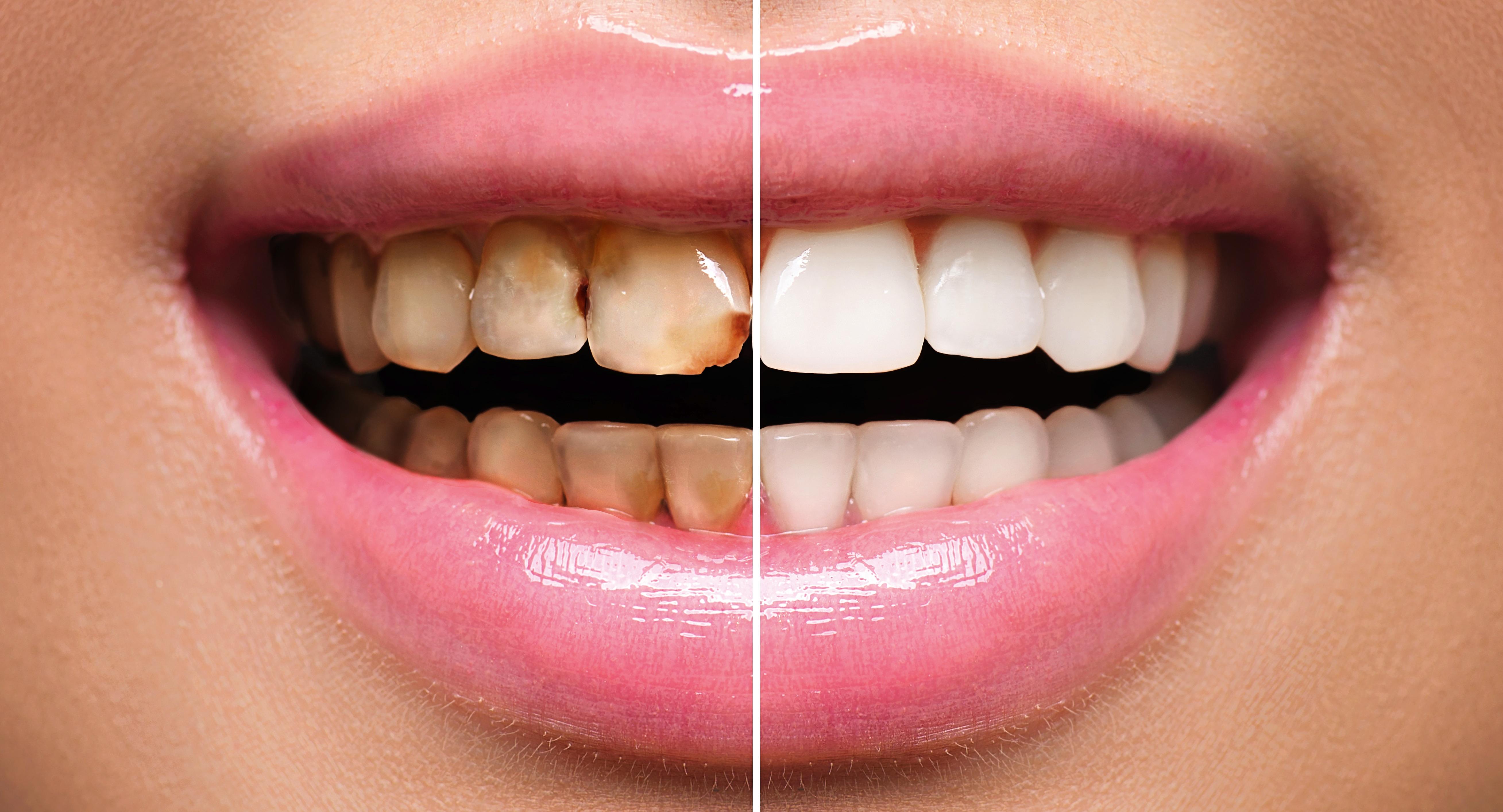Patrocinados
Is Restorative Dentistry Right for You? A Complete Guide

When it comes to maintaining long-term oral health, a regular dental check-up is only part of the equation. For individuals dealing with damaged, decayed, or missing teeth, restorative dentistry can play a vital role in regaining function, comfort, and aesthetics. But how do you know if it’s the right option for you?
This complete guide will help you understand what restorative dentistry involves, who it’s for, the types of treatments available, and what to expect during the process. If you're considering dental repair or replacement solutions, this article is ***gned to give you clarity and confidence in your next steps.
What Is Restorative Dentistry?
Restorative dentistry refers to the branch of dentistry focused on diagnosing, preventing, and treating oral health problems related to damaged or missing teeth. Unlike cosmetic dentistry—which primarily focuses on the appearance of your smile restorative dentistry is aimed at restoring the natural function and structure of your teeth and gums.
Common procedures in restorative dentistry include:
-
Fillings
-
Crowns and bridges
-
Dental implants
-
Dentures (full or partial)
-
Root c*** therapy
-
Inlays and onlays
While many of these treatments also improve aesthetics, their primary goal is to restore oral health, prevent further deterioration, and help patients regain the ability to chew, speak, and smile comfortably.
Who Can Benefit from Restorative Dentistry?
Restorative dentistry is suitable for a wide range of patients. You might be a candidate if you are experiencing any of the following:
-
Tooth Decay: Cavities that have progressed beyond the early stages often require fillings or crowns.
-
Cracked, Broken, or Worn Teeth: Teeth that have been damaged due to trauma or long-term grinding (bruxism) can be repaired with crowns, veneers, or bonding.
-
Missing Teeth: If one or more teeth are missing, restorative options such as implants, bridges, or dentures can fill the gaps and restore function.
-
Infected or Dead Teeth: Teeth with severe decay or infection often require root c*** treatment to preserve their structure.
-
Gum Recession and Bone Loss: Certain restorative procedures can also support gum and jawbone health, particularly when paired with periodontal treatment.
If any of these conditions apply to you, it’s worth consulting a dentist who specializes in restorative care to explore your options.
Key Benefits of Restorative Dentistry
The advantages of restorative dentistry go beyond basic tooth repair. Here are some of the major benefits:
1. Improved Oral Function
Restoring damaged or missing teeth helps you chew food properly, speak clearly, and maintain proper alignment of surrounding teeth.
2. Long-Term Oral Health
Leaving dental problems untreated can lead to more serious issues such as infection, further tooth loss, or jawbone deterioration. Restorative dentistry helps prevent such complications.
3. Enhanced Aesthetics
Although the primary goal is functionality, most restorative procedures also improve the appearance of your smile, contributing to better self-confidence.
4. Pain Relief
Treating decay, infection, or structural issues can alleviate chronic pain or sensitivity in the mouth.
5. Customized Solutions
Modern restorative dentistry offers highly personalized care, with treatments tailored to each patient’s condition, lifestyle, and budget.
Types of Restorative Dentistry Procedures
Here’s a closer look at some of the most common restorative treatments:
1. Dental Fillings
Used to treat cavities, fillings can be made from materials such as composite resin, porcelain, or amalgam. They seal the tooth and prevent further decay.
2. Crowns
A crown is a cap that covers and protects a damaged or weakened tooth. It's commonly used after root c*** treatment or for large cavities that cannot be filled.
3. Bridges
Bridges replace one or more missing teeth by anchoring artificial teeth to the adjacent natural teeth or dental implants.
4. Dental Implants
Implants are titanium posts surgically inserted into the jawbone to act as artificial tooth roots. They provide a durable and permanent solution for missing teeth.
5. Dentures
Full or partial dentures are removable appliances that replace missing teeth and surrounding tissues. They’re typically used when several teeth are missing or when implants aren’t an option.
6. Root C*** Therapy
This procedure treats the infected pulp of a tooth to relieve pain and preserve the tooth’s structure.
7. Inlays and Onlays
Used for teeth that are too damaged for a filling but not quite ready for a crown, inlays and onlays are custom-made restorations bonded to the tooth surface.
What to Expect During the Process
1. Initial Consultation
Your dentist will assess your oral health through a physical exam, X-rays, and possibly 3D imaging. Based on the findings, they’ll recommend a treatment plan tailored to your specific needs.
2. Treatment Planning
You’ll be given options, costs, and timelines. The dentist will explain the pros and cons of each treatment, allowing you to make an informed decision.
3. Procedure(s)
Depending on the complexity of your condition, treatment may be completed in one visit or over multiple appointments. Many restorative procedures involve local anesthesia to ensure your comfort.
4. Follow-Up Care
After your procedure, you may be given care instructions, dietary guidelines, or medication. Regular dental checkups will help monitor the long-term success of your restoration.
Is Restorative Dentistry Covered by Insurance?
Many dental insurance plans offer partial or full coverage for restorative procedures, particularly those deemed medically necessary (such as fillings or root c***s). However, coverage for implants or advanced restorations may vary. It's advisable to check with your provider or consult with your dental office for a detailed cost breakdown.
Conclusion: Is Restorative Dentistry Right for You?
If you’re experiencing tooth pain, visible damage, missing teeth, or trouble chewing and speaking comfortably, restorative dentistry could be the solution you need. It offers a proven path to restoring function, preventing future complications, and improving your overall quality of life.






